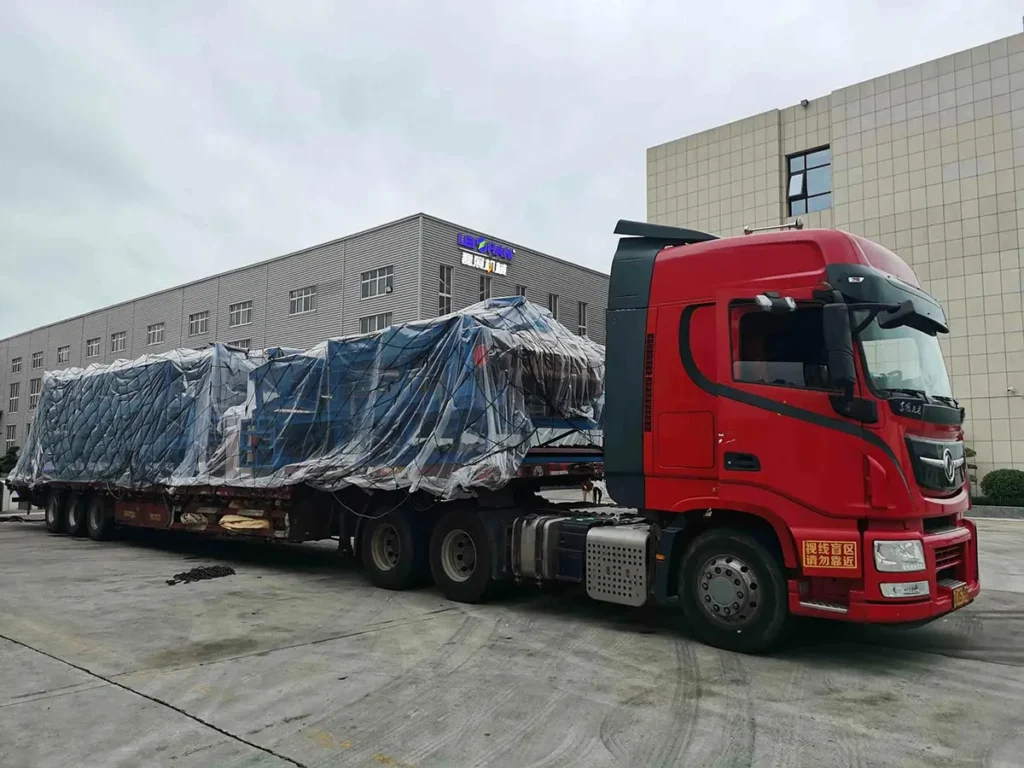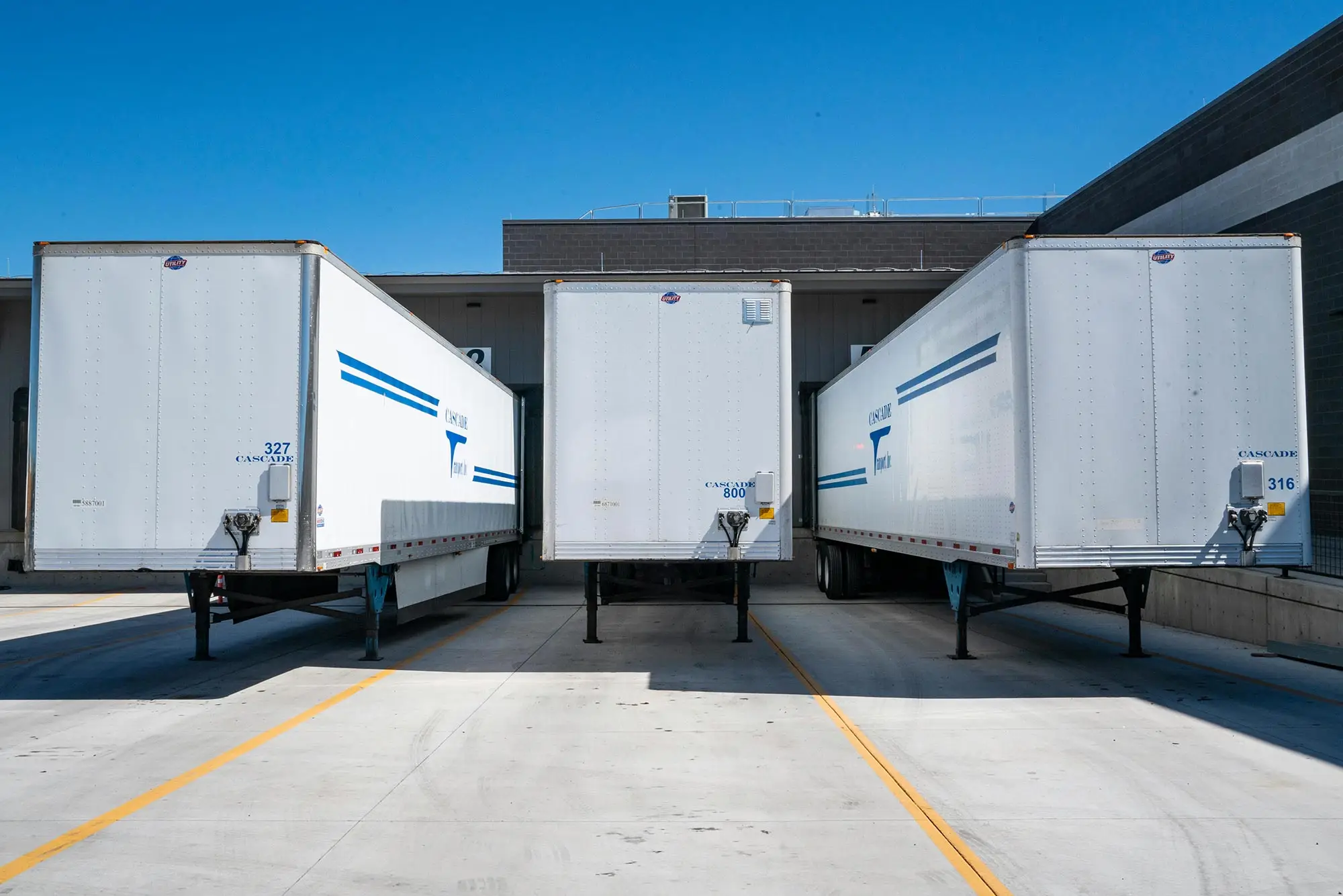In the fast-paced world of logistics, visibility into truckload shipments is crucial for optimizing operations, improving efficiency, and ensuring customer satisfaction. For many businesses, gaining complete visibility into the movement of their freight can be challenging, especially when dealing with large and complex supply chains. However, by implementing the right strategies and technologies, companies can significantly enhance their truckload visibility and streamline their logistics operations.
Why Truckload Visibility Matters
Truckload visibility is crucial for optimizing logistics operations, improving efficiency, and ensuring timely deliveries. It allows businesses to track shipments in real time, reduce delays, and enhance customer satisfaction. By providing accurate updates on shipment status and location, it enables better decision-making, cost reductions, and proactive risk management.
Challenges in Achieving Truckload Visibility
Achieving truckload visibility can be challenging due to factors like a lack of real-time data, fragmented data systems, and communication gaps between drivers, carriers, and dispatchers. Inconsistent tracking methods across different carriers and drivers also complicate the integration of visibility tools. These challenges make it difficult for businesses to gain a unified view of their shipments, impacting efficiency and decision-making.
Best Practices for Improving Truckload Visibility

Improving truckload visibility involves investing in real-time tracking technologies like GPS and IoT devices, which enable accurate location updates and timely adjustments. Utilizing a Transportation Management System (TMS) helps centralize data and streamline communication across stakeholders. Predictive analytics can forecast potential disruptions, enhancing proactive decision-making.
Invest in Real-Time Tracking Technology
The foundation of truckload visibility is the ability to track shipments in real-time. GPS tracking systems, telematics, and IoT devices can provide real-time location updates for each truckload. These technologies allow logistics managers to monitor shipments, track delivery progress, and even measure fuel consumption.
Utilize Transportation Management Systems (TMS)
A Transportation Management System (TMS) is a key tool for improving truckload visibility. TMS platforms centralize data from multiple carriers and streamline communications between all parties involved in the shipment. By integrating a TMS with real-time tracking tools, businesses can monitor truckloads in real-time, improve route planning, and reduce inefficiencies.
Integrate Communication Channels
A key element of truckload visibility is effective communication between all parties involved in the shipment. Integrating communication tools into your logistics operations such as mobile apps or dedicated communication platforms can streamline interactions between drivers, dispatchers, and managers.
Conclusion
Achieving better truckload visibility is essential for businesses looking to improve operational efficiency, reduce costs, and deliver a superior customer experience. By investing in real-time tracking technology, utilizing a TMS, embracing predictive analytics, and fostering communication among all stakeholders, companies can gain deeper insights into their truckload shipments and drive improvements across their supply chains.

Leave a Reply